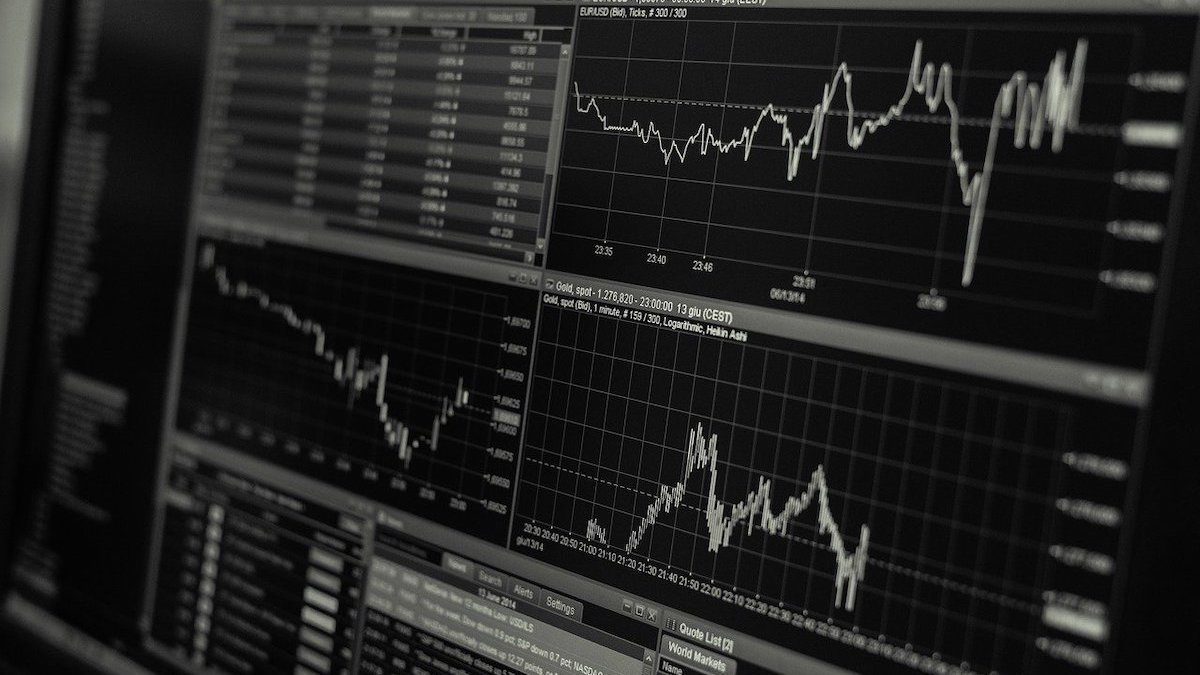
Despite reports of rate increases, improvements could be offset by cost of risk in Florida. | Pixabay
An increase in rates did not do enough to stop Hiscox’s Ross Nottingham from saying the increased cost of risk in Florida will negate the hikes in the property catastrophe reinsurance sector.
Nottingham’s warning could be seen in action by a reduction of Hiscox’s exposure on reinsurance in the Florida market, Reinsurance News reported.
“Why? Because these increases haven’t yet covered our own view of the increased risk in the Florida market which suggests that the amount of risk going into these programs is a lot higher than thought last year,” the chair of North America at Hiscox Re and ILS told Reinsurance News. “That means you might get a 30% increase on the program, but if you’ve measured the risk to the layer and established that it’s potentially worth 40% more in premium than it was last year, the margin has in fact decreased.”
Reinsurance rates at mid-year renewals increased by 20%-30% – or more – which was welcomed after years of heavy losses, a global pandemic, loss creep and low interest rates.
Prior year events continue to drive up adverse loss development, which Nottingham said indicates the Florida market’s 2020 rate increases will struggle to cover that additional risk.
“And what’s continuing to drive loss creep? The villain of the piece is social inflation – a factor not yet captured in the vendor cat models the industry benchmarks for measuring hurricane risk,” he told Reinsurance News.
The market suffers social inflation when the market suffers under assignment of benefits (AOB) litigation and loss adjustment inflation, he said. The company discovered this has spread from Tri County to the Orland, Tampa and Fort Myers areas.
Nottingham told Reinsurance News you can put the blame on tiled roofs and denser populations. When only a couple of tiles get damaged, claims usually demand a complete roof replacement.
But the social inflation comes from plaintiffs winning against corporations before courts. The negative impacts include loss ratios and claims payouts, with more expensive litigation costs thrown in for good measure.
He warns insurers not to expect recent AOB reform to put a stop to litigation and inflated claims. He expects abuse coming from either AOB or its equivalent the next time a big loss event happens.
“Two years ago, the market thought the physical attributes of Irma were akin to a one in 10-year event. The loss now – with the advent of social inflation fueled loss creep – looks more like the cost of a one in twenty-year event, but there is no new science to show the expected vulnerability or hazard has changed,” Nottingham told Reinsurance News.
He believes reinsurers will agree with his assessment that the pricing is not sufficient for Florida’s property cat risk.
 Alerts Sign-up
Alerts Sign-up